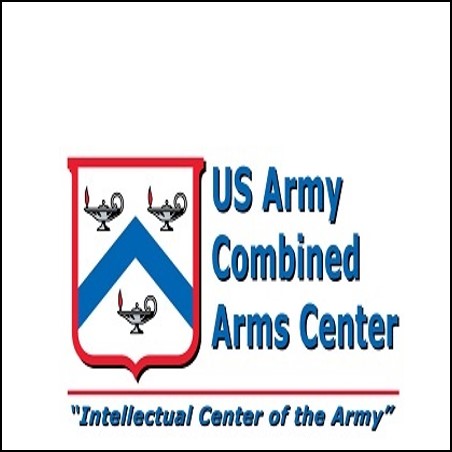
e-Document
|
Talent management in the Army: review, comment, and recommendation on talent management models.
Copies
0 Total copies, 0 Copies are in,
0 Copies are out.
Title
Talent management in the Army: review, comment, and recommendation on talent management models.
Call No
CDMC US Army Combined Arms Center Repository
Digital Link
Authors
Language
English
Published
Fort Leavenworth, KS : Mission Command - Capabilities Development and Integration Directorate (CDID), 2015-04
Target Audience
No attempt to code








